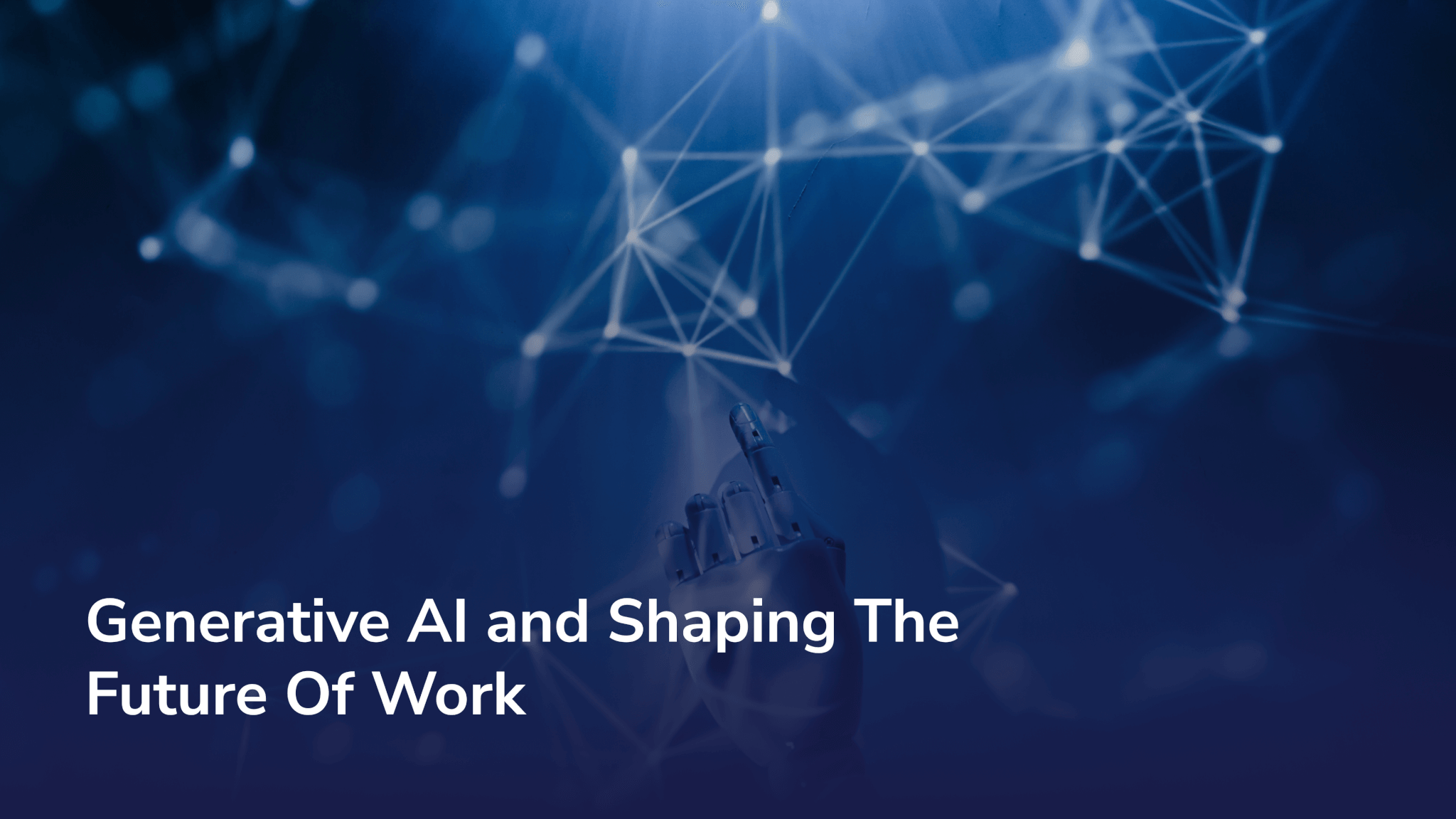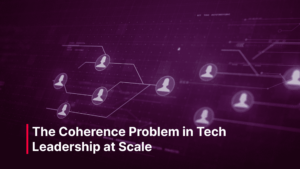Generative AI is everywhere. In less than a year, ChatGPT has become the norm. Before being able to integrate it into our everyday processes, we should take a closer look at the way we’ve created the business ecosystem (and society by extension), to understand that there are still multiple challenges to be addressed.
From ethical concerns to job displacement, accountability and data privacy, lots of holes can be poked into this new layer of intelligence that has surrounded the tech industry.
According to a McKinsey study published in July:
- By 2030, 30% of hours currently worked across the US economy could be automated, as generative AI has accelerated this trend
- More expansive hiring approaches will be needed to keep up with this transformation
- Changing career paths is increasingly more common, and recruiters hire from a larger pool due to talent shortage
- From 2019 through 2022, 50% more occupational shifts took place in the US economy, meaning a total of 8.6 million professionals
And this is only the beginning.
Ask ChatGPT
And we did. To the question of the impact on content creation, it says the following:
‘Generative AI can assist content writers in numerous ways. It can generate ideas, provide research material, and even suggest entire paragraphs, which can be especially helpful when facing writer’s block or tight deadlines. It can also offer grammatical and stylistic suggestions, making the editing process more efficient. However, the art of crafting engaging and persuasive content that resonates with the audience is still a uniquely human skill. AI can’t replicate the creativity, empathy, and cultural understanding that human writers bring to the table.
So, instead of viewing generative AI as a threat, content creators can embrace it as a valuable tool in their toolkit, allowing them to focus on the creative aspects of their work. The synergy between humans and AI can result in more efficient and higher-quality content production.’
Conveniently optimistic, but also not entirely wrong. After all, since it’s already been integrated in content creation everywhere, the increase in competitiveness for creative jobs is only going to rise in the following years. But is this a bad thing from an economic perspective?
The answer is: it depends. We’ve been expecting a powerful shift in the digital economy, and the rise of AI has brought us here. More competition means higher standards from employers, but it also means higher skills for professionals looking to get hired.
For now, one thing is certain – the paradigm shift doesn’t consist of replacing people with technology, but of finding ways to create a mutually beneficial way of working.
Easy to say, but what does it mean?
Cross Industry Implications
In healthcare, AI has already revolutionized medical research by analyzing vast amounts of data to discover patterns, assist doctors in diagnosing diseases and in some cases even coming up with treatment plans. The very high number of health start-ups in the past two years aren’t just a result of the pandemic bringing healthcare forward as a leading industry for social progress, but also a result of machine learning models that can process and interpret data at a much higher pace than medical professionals.
And this is just one example. In reality, AI is in the process of changing different verticals from finance to manufacturing, customer service or education.
According to another research by McKinsey published in June this year, the potential impact of generative AI in productivity could add trillions of dollars in value to the global economy: ‘generative AI could add the equivalent of $2.6 trillion to $4.4 trillion annually across the 63 use cases we analyzed—by comparison, the United Kingdom’s entire GDP in 2021 was $3.1 trillion. This would increase the impact of all artificial intelligence by 15 to 40 percent. This estimate would roughly double if we include the impact of embedding generative AI into software that is currently used for other tasks beyond those use cases.’
In order to contribute to hyperproduction and actually generate this much financial value, integrating generative AI requires a highly accelerated pace of workforce transformation to accommodate this type of automation.
The Future Is (Almost) Here
One of the largest questions that it raises is what skills and capabilities this upcoming workforce will need to acquire in order to get the best of both worlds. Understanding the nature of value that people generate and the specific difference between types of work that can and cannot be automated is the first place to address in mitigating risks and maximizing technological adoption.
Aside from KPIs and organizational processes, this new wave of tech development has made us ask a fundamental question about the input of human work, one that will definitely require a great deal of patience, collaboration and vision to answer.


